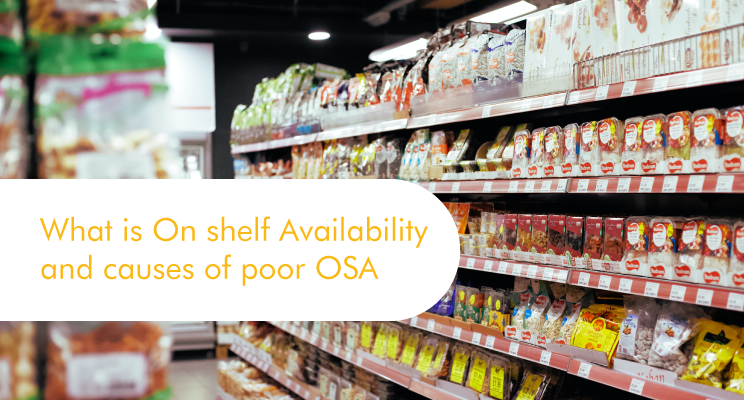Last weekend, I was getting into my usual Saturday routine. Washing my hair happens to be part of the routine. Just as I was about to get started, I realized I had ran out of hair treatment and needed to restock. So I decided to take a quick trip to my go to mall nearby, pick out my item and problem solved.
The disappointment on getting to and realizing that the product was not available was immense. It was puzzling as I always purchased the said product from this particular outlet. I was further disappointed as a trip to three different malls bore no fruit as well. Long story short, as I am particular about brands, I ended up making the purchase in a different outlet, which was way out of my way.
I am sure we all had moments whereby the items we wanted were not available or out of stock on the supermarket/ Store shelves leading to a not so happy retail experience.
Studies show, 49% of people in the same scenario as me would have chosen a substitute product, 39% would leave the supermarket empty handed and 12% would head to a competitor to meet their needs. In a world where customers are looking for low friction and high reward, product unavailability does not make the situation better. Also, depending on the type of product and the shopper’s loyalty to the product, the future sales of the product could be permanently affected.
So, what is OSA?
On Shelf Availability is the availability of products at the right place and at the expected time. This is why when you got to a supermarket, you will see hundreds of items stocked on seemingly endless shelves because brands know the importance of product availability. Reliable product availability gives good retail experience which leads to a satisfied customer. All of which is essential to the manufacturers and distributors growth lever.
In my scenario, the product was out-of-stock. A very good example of a result of poor on shelf availability.
Some poor causes of OSA can be attributed to:
Inventory Inaccuracy – When physical inventory and information system or database is not aligned, inventory information becomes inaccurate. Most systems in place are triggered based on inventory levels recorded in the system which can differ from the inventory at the warehouse. Inaccurate inventory records may have various sources, including incorrect manual adjustments of stock records, employee or customer theft, damage or spoilage or check-out errors.
Unexpected high or low demand – Forecasting of demand is done early for the purpose of placing orders. Inaccurate forecasting could lead to insufficient or over sufficient supply. This error makes it more difficult in correcting stage inventory or orders to deal with uncertainty of demand.
Restocking Frequency – Replenishing frequency is crucial especially when customers are expecting fast fulfillment times. When there is poor execution of such duties problems such as shelf holes and inaccurate targeting arise which affects OSA.
Poor Shelf Monitoring – Staff management time that is not fully optimized causes loopholes. Without proper task planning of staff, shelves could go unmonitored. How is one supposed to measure OSA and act on findings if there is nothing to measure?
It is sad that up to sixty percent of out of stock problems happen due to defective store practices rather than upstream issues at the manufacturing or distribution level. It is terrifying taking into account that 4% of sales could be lost due to poor OSA. Ensuring availability should be in the interest of both manufacturers and retailers.
Now that we have talked about some causes, join me next week as we talk about fixing on shelf availability issues and features i
technological solutions that allow you to perform better when it comes to OSA.
Catch you next week!

